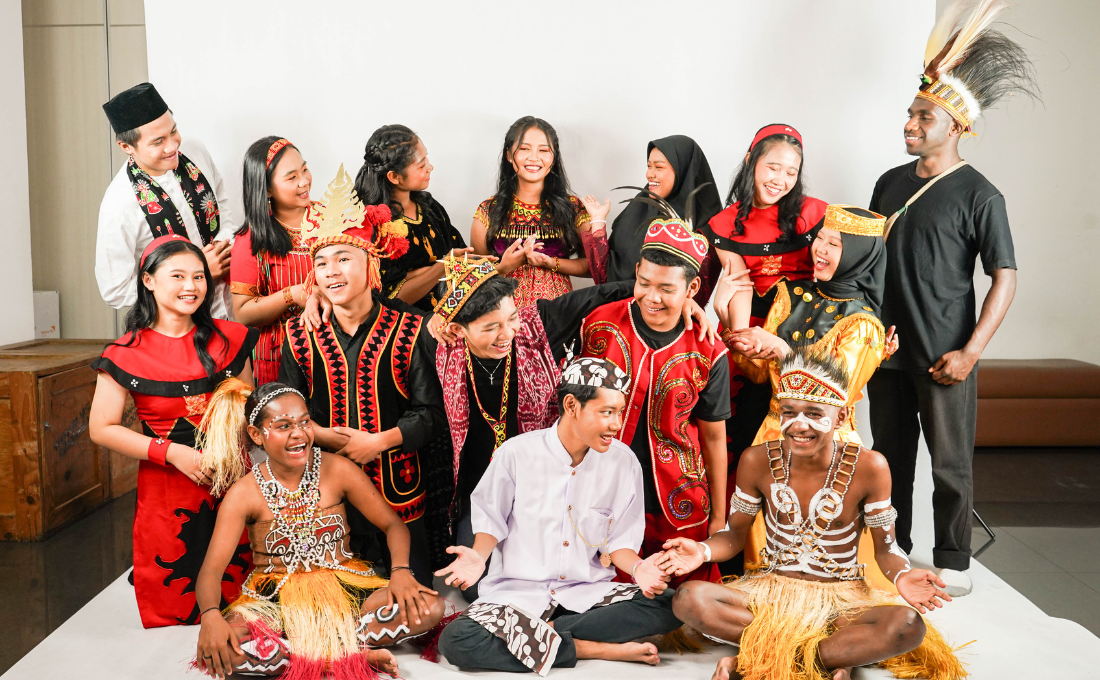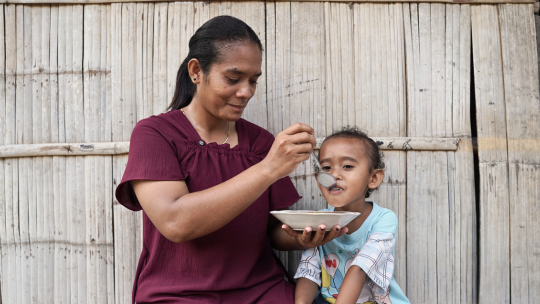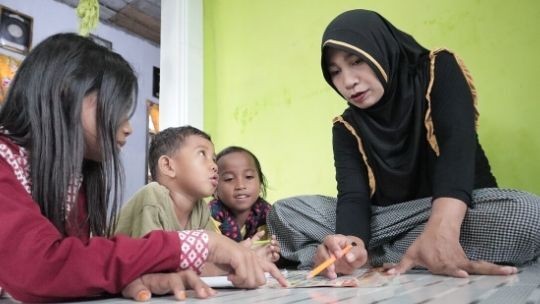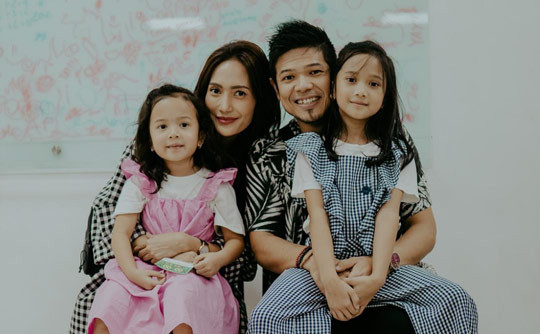Handy Tips to Start Child-Led Research

Child-Led Research, an initiative implemented by Wahana Visi Indonesia, is an action to prioritize the participation of Indonesian children in addressing child-related issues. For years, children supported by WVI have witnessed firsthand the challenges faced in fulfilling every child's rights. However, expressing these observations can be subjective. That's why Child-Led Research (CLR) is crucial and necessary. The everyday experiences of children are recorded as data, collected through a specific method, analyzed, and then formulated into research reports. Issues that were previously considered ordinary daily occurrences can now be more effectively articulated based on quantitative and qualitative data. The results of this CLR become a powerful tool when children advocate for the fulfillment of their rights to stakeholders in their respective regions.
During CLR, children take the leads of the research process. Adult facilitators are only responsible for developing capacities and assisting in addressing the challenges faced by young researchers. Thus, CLR not only benefits the public but also the researchers themselves. CLR encourages children to think critically and scientifically, sharpen their leadership and life skills. Most importantly, children become increasingly aware of the power of their voices. They become more confident that every child can create change. Through CLR, Indonesian children understand that data or research is the way to initiate change.
On National Children's Day 2024, 60 girls and 33 boys from 11 provinces and 28 regencies/cities that Wahana Visi Indonesia’s assisted, conducted a national-scale CLR. As part of the National Research Team, they successfully surveyed 6,875 respondents. This National CLR was titled "Children's Research on the Situation of Youth Regarding Nutrition, Health, and Child Marriage". "We will voice the results of this research to the government as a basis for the government to evaluate programs for the prevention of child marriage and stunting," said Zahrani, a child researcher from the Children's Forum of East Lombok Regency, West Nusa Tenggara.
Zahrani also said, "Through this research, I can expand my network and knowledge. And I am very happy because I can hear and convey the voices of children living in remote areas. I am a child, ready to make an impact for other children."
Not just for advocacy, CLR can be used as educational material, both for children and adults. "I see that children in my village do not eat nutritious food, and girls do not consume Iron Folic Acid tablets. Therefore, I think the topic of this research is important because it can later be used as educational material on nutritious food," said Anggun, a child researcher from Melawi Regency, West Kalimantan.
The significant impact of CLR on children and the community proves the effectiveness of this activity. WVI encourages CLR to be adopted by children's groups throughout Indonesia. Here are some tips on what to do and what not to do during CLR.
Dos:
-
Be flexible in expectations
-
Use simple language
-
Appreciate children's potential because they can indeed do it
-
Value children's perspectives on an issue
-
It is mandatory to involve parents to get a clear understanding, gain trust and support for their children
Don'ts:
-
There should be no research stages that are not led by children, facilitators only guide or inform
-
The issue should not be too broad so that children can focus
-
Forcing a quick completion when CLR is a long process
-
Doubting the abilities of children
-
Children should not be unaccompanied, ensure that local stakeholders are involved
These practical tips can serve as an initial reference when children and facilitators want to try conducting CLR. Let's spread the positive impact of Child-Led Research and increase the participation of Indonesian children!
Author: Mariana Kurniawati (Communication Executive)



